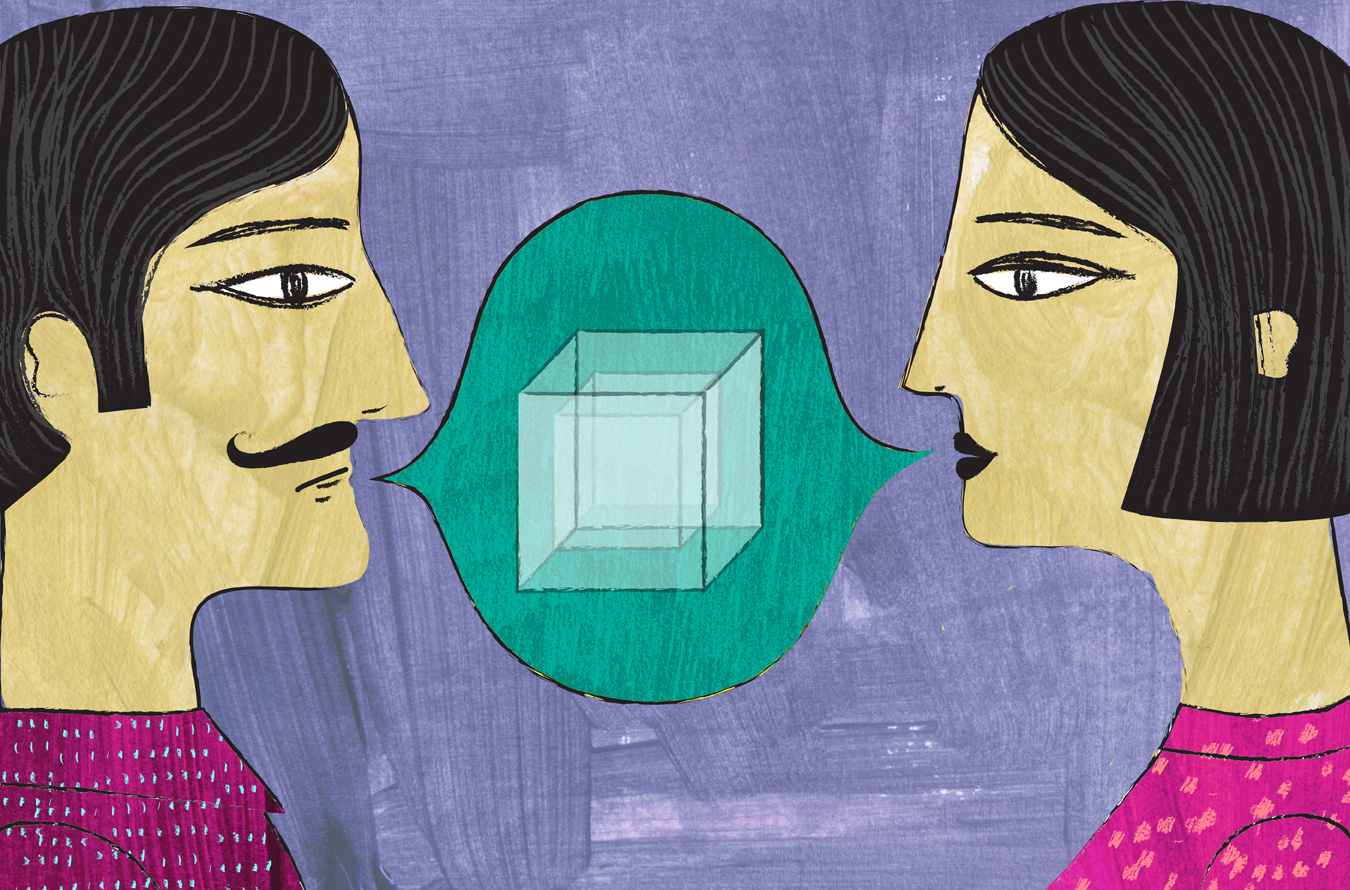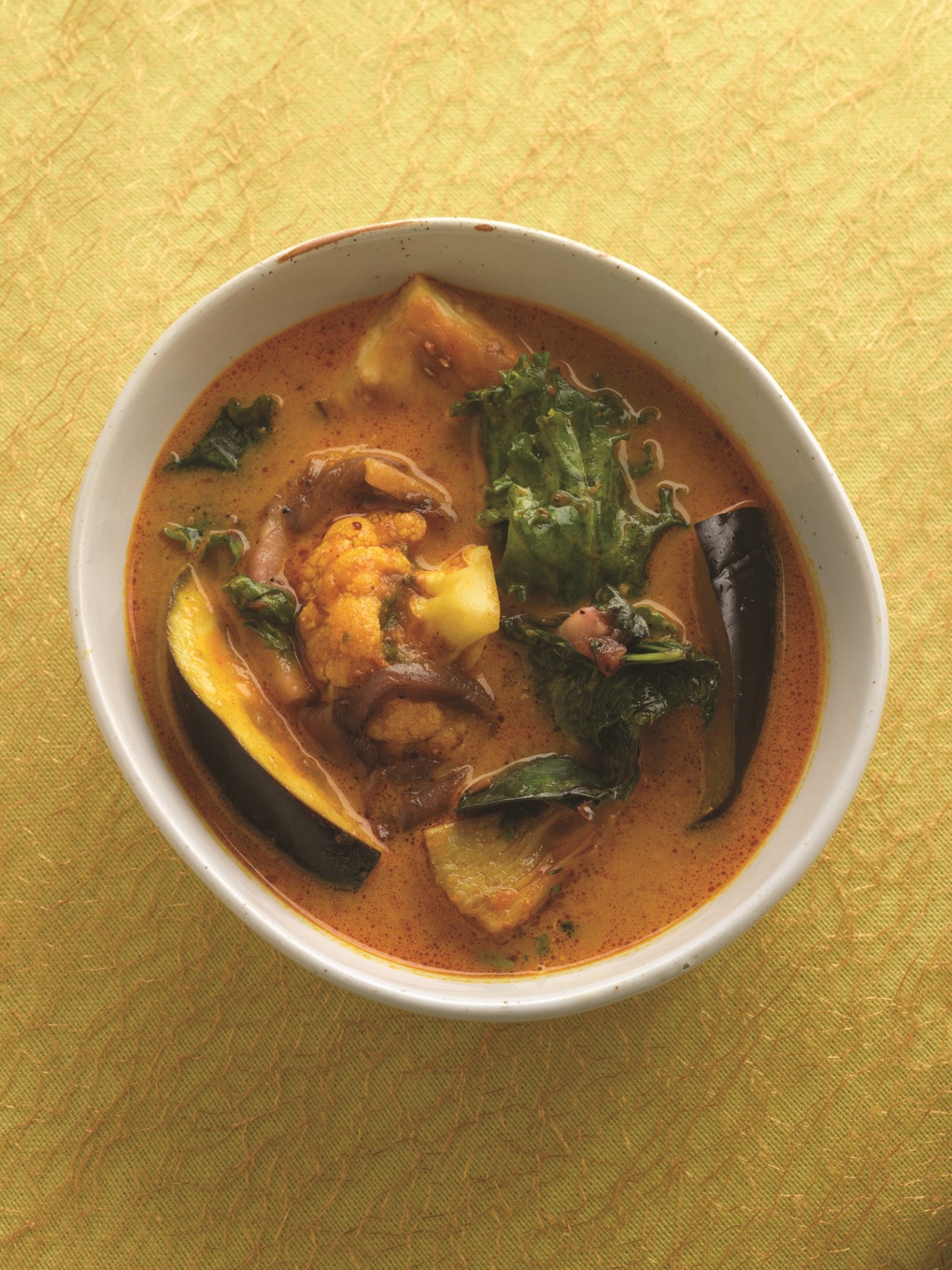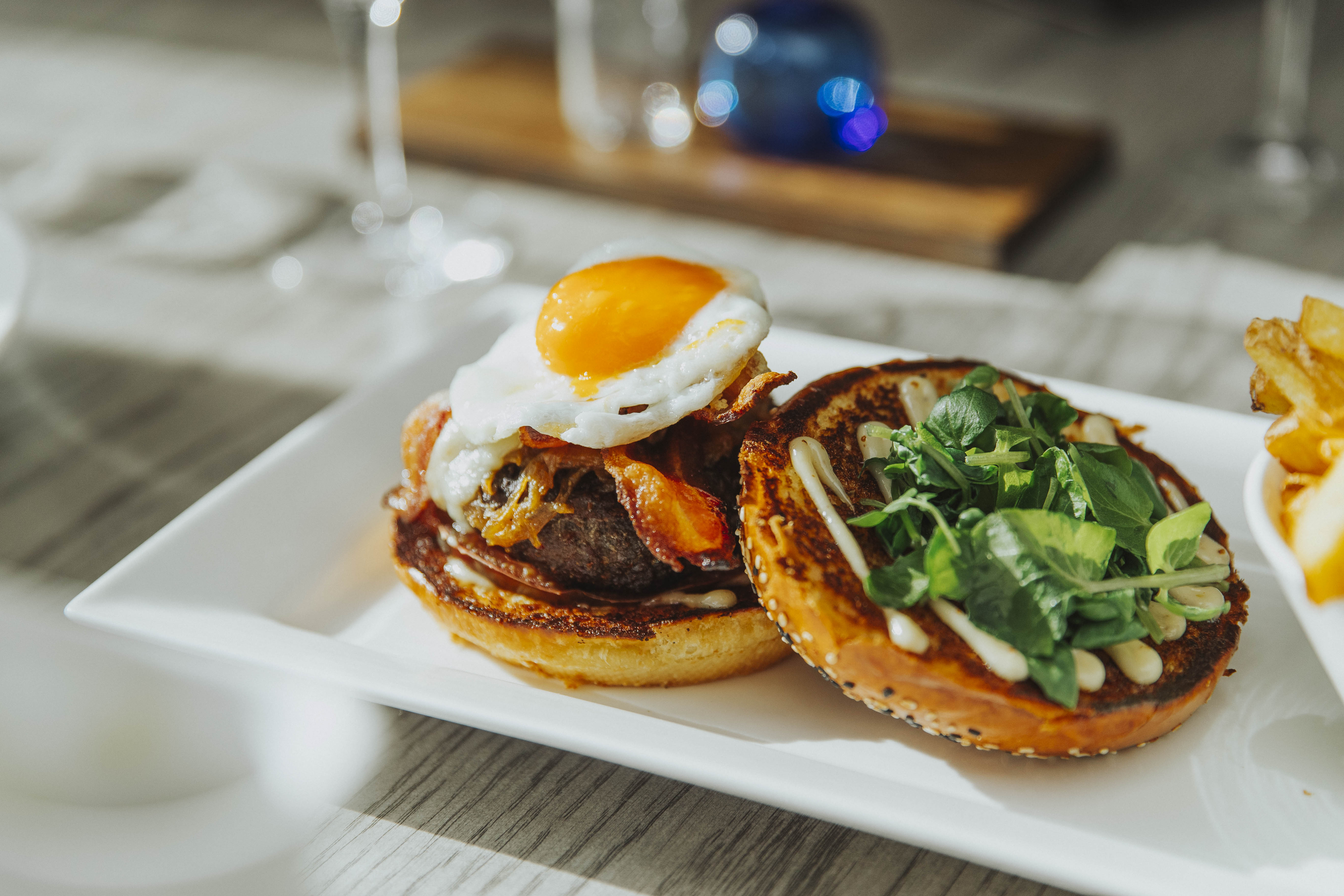Conversation Piece V
A weekly series.

Enjoy our Sunday series, Conversation Piece, a NUVO-curated digest of things on the Internet we think you’ll want to talk about.
Big bun theory. There is a complex theorem of deliciousness behind Momofuku chef David Chang’s ability to make food good enough that people tasting it interrupt their own conversations to blurt out something guttural as if “they stubbed their toe”. The theory involves artist M.C. Escher and creating paradoxical meals that somehow reference both the familiar and strange in each bite. Chang himself authors what is a fascinating breakdown of the emotional and intellectual processes of one of the world’s most innovative chefs.
Birdie num num. You know how you sort of heard someplace that real dinosaurs had feathers, but couldn’t quite reconcile that image to the lizard beasts you knew? These horrifying, gigantic terror-birds help with the visualization. BBC reports that after dinosaurs went extinct, the world was run by killer mega-chickens with spine-snapping beaks and powerful feet capable of “kicking the crap” out of prey—and that’s a scientist we just quoted.
By any other name. What do you call that little shop on your street that sells snacks and milk and newspapers and uncannily saves you in a pinch—a bodega, a dep, a superette, a packie? It turns out, the moniker you ascribe that little late night snack stop on your block says a whole lot about where you live.
A Canadian medicinal breakthrough. Ottawa hospital physicians Dr. Mark Freedman and Dr. Harold Atkins have managed to reverse patient Jennifer Molson’s severe MS using stem cells, virtually eliminating it from her body. One of a small cohort of 24 people who received the high-risk, experimental therapy, Molson’s case is being called the first documentation of any MS treatment that fully stops the disease over the long-term without MS medication.
Think you’ve eaten wasabi? Think again. The lurid green paste most of us consider to be wasabi is actually just a weird mashup of horseradish, mustard, and green food dye. Why? Because the real deal is incredibly hard to cultivate (and correspondingly expensive). But there’s still hope for sushi purists to try genuine wasabi—one Canadian farmer has dedicated his life to cultivating it in artificial simulacra of Japanese mountainside rivers.






